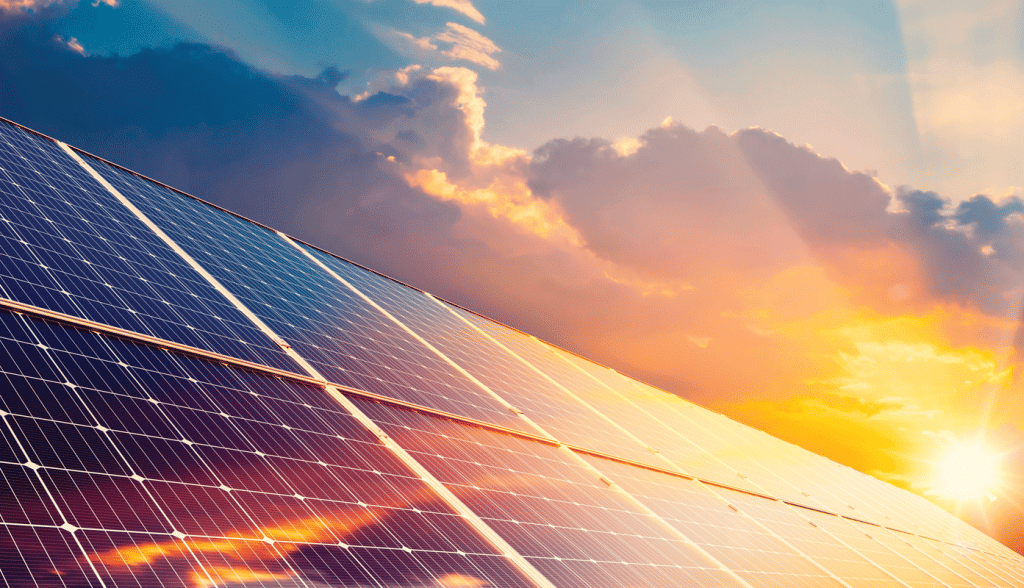The UAE has officially launched what it claims is the world’s first and largest 24-hour power project that integrates solar photovoltaic technology with battery storage. This groundbreaking initiative aims to provide 1 gigawatt of baseload electricity. The announcement was made by Dr. Sultan Al Jaber, the Minister of Industry and Advanced Technology and chairman of Masdar, during Abu Dhabi Sustainability Week on January 14.

While no cost estimate was provided during the announcement, independent calculations suggest the project could cost around $6 billion. Located at Al-Azeezah, approximately 50 kilometers south of the planned Zarraf solar PV plant, the project will cover an area of 90 square kilometers. Upon completion, it will connect to the grid and join the existing 5.6-gigawatt Barakah nuclear power plant as a source of clean baseload energy, with an expected startup date in 2027.
This pioneering clean energy initiative is expected to solidify the UAE’s status as a leader in renewable energy in the Gulf Cooperation Council (GCC) region and showcase new technologies. Dr. Al Jaber stated that this project represents a transformative step in making renewable energy reliable, describing it as “a small step that could become a giant leap,” using a phrase reminiscent of the 1969 moon landing. Energy Minister Suhail Al-Mazrouei described the project as “inspirational,” emphasizing its potential to unlock solar energy’s capabilities in the region.
His Highness Sheikh Mohamed bin Zayed Al Nahyan, the President of the UAE, praised the project as a critical move toward achieving net-zero emissions. He highlighted that it would support advancements in artificial intelligence and emerging technologies, aligning with the UAE National Strategy for Artificial Intelligence 2031 and the Net Zero by 2050 strategic initiative.
The project consists of a 5.2-gigawatt solar PV plant paired with a 19-gigawatt-hour battery energy storage system (BESS). Abu Dhabi is already a regional leader in renewable energy, with 2.6 gigawatts of installed solar capacity, which constitutes nearly half of the UAE’s total solar capacity of 5.5 gigawatts. There are also plans for another 4.5 gigawatts of solar projects at various stages, aiming for a total of 10 gigawatts by 2030 and 18 gigawatts by 2035.
The addition of this project boosts Abu Dhabi’s announced project pipeline to 12.1 gigawatts, putting it on track to exceed its 2030 targets. However, the inherent intermittency of renewable energy remains a challenge. For instance, the 1.5-gigawatt Dhafra PV plant only provided an average of 444 megawatts to the grid in 2023. Dr. Al Jaber acknowledged that intermittency has been a significant barrier for renewable energy for decades, but expressed confidence that this project will address that challenge.
It is impossible to ignore the financial elements in spite of the innovation. The development cost of the 1.5-gigawatt Al Dhafra solar PV plant was approximately $1 billion, indicating that the new project’s solar component might cost roughly $3.5 billion for 5 gigawatts. This leaves about $2.5 billion set aside for battery storage, which is a significant expenditure, particularly in light of the recent drop in BESS costs. By contrast, the development cost of the Barakah nuclear reactor, which generates a significant quantity of clean energy, was $24.4 billion, or roughly $4.3 billion per gigawatt.
Although Abu Dhabi has yet to install BESS, Emirates Water and Electricity Company (EWEC) initiated tenders last year for a facility capable of storing up to 800 megawatt-hours. Masdar, however, is already making strides in this sector, having acquired UK battery storage developer Arlington Energy in 2022, which has launched several BESS projects.
Masdar is positioned as a pioneer in the global energy transition due to its dedication to innovation in renewable energy, which includes the construction of this round-the-clock power facility and developments in wind technologies. These projects show a calculated approach to striking a balance between short-term energy requirements and long-term, sustainable investments as the UAE struggles with rising domestic energy demands.
The UAE is not alone in its green energy initiatives; Saudi Arabia is also rapidly advancing its renewable energy agenda. Last year, the kingdom connected a record amount of new renewable capacity to the grid, bolstered by four new solar PV plants totaling 3.7 gigawatts, raising its total grid-connected capacity to 6.5 gigawatts.
Once fully operational, Saudi Arabia’s renewable capacity is set to surpass the UAE’s current 5.6 gigawatts, particularly with the recent connection of the 2.06-gigawatt Shuaibah 2 solar PV plant, now the kingdom’s largest renewable facility. As both nations continue to develop their renewable energy sectors, the competition in the Gulf region is expected to intensify in the coming years.

Leave a Reply